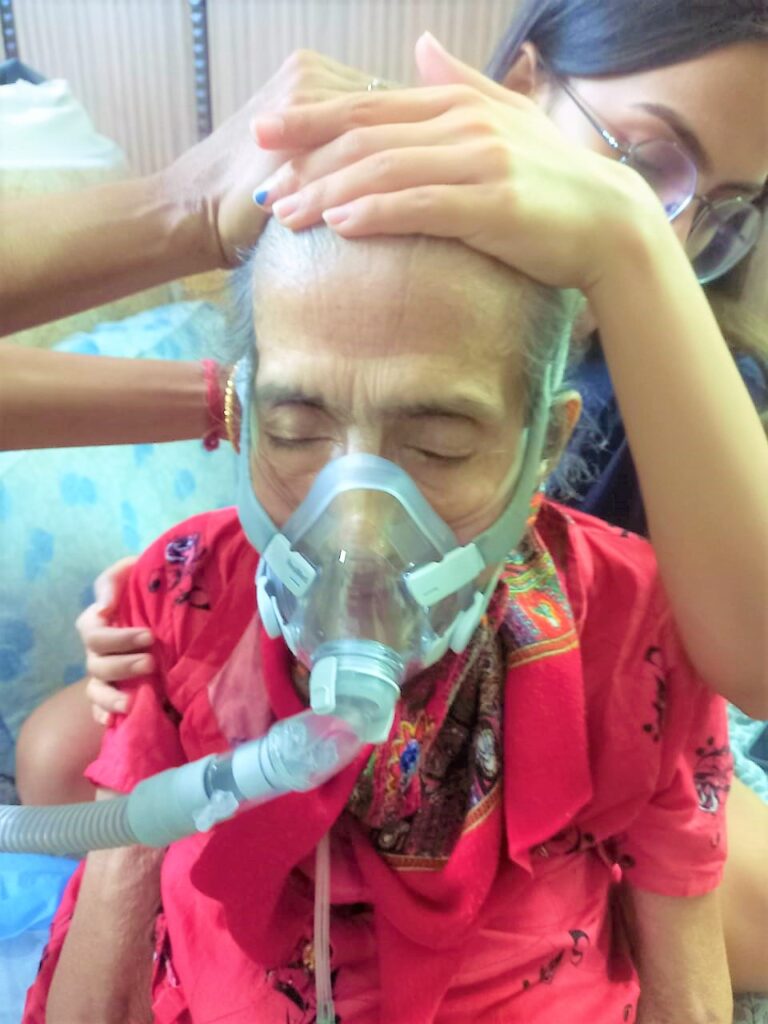At this time when healthcare systems face unprecedented challenges due to an ageing population and the rise of chronic diseases, the role of long-term care centres has become undeniably vital. These centres cater to a diverse range of patients, especially, the ageing, including those recovering from stroke, trauma, conditions like Parkinson’s and dementia, and some complicated lifestyle disorders such as diabetes mellitus (DM) and hypertension. By providing comprehensive care, rehabilitation, and support services, these units optimize health outcomes and rejuvenate inpatients to return home sooner and have a better quality of life. In this article, we explore the need for long-term care centres, their current models worldwide, funding mechanisms, and their crucial role in addressing the healthcare needs of vulnerable populations, particularly in ageing countries like India.
Evolution of Chronic Care

Long-term Care (LTC) centres have evolved in response to the complex healthcare needs of individuals with chronic and debilitating conditions. Such supportive care was earlier possible at home with family members becoming primary caregivers but with declining mortality and rising morbidity rates, chronic care delivery can no longer be housed with acute care as in hospitals or optimally given at homes because of the choice and range of therapeutic modalities available as well as the difference in terms of approach and intent. Today, separate transition care units, positioned between hospitals and homes, offer specialized medical care, rehabilitation programs, social support, and a range of other benefits, which improve the health-related Quality of Life (HRQoL) of an Individual.
Current Models in Existence
The concept of Nursing Homes was to provide Long-term inpatient care but they mostly catered to the physical aspects of illness and were not considered to be good for the cognitively unwell or for those with special abilities. Depending on the healthcare delivery system of the country, the cultural norms, and the specific needs of the population, models such as Home Healthcare, Assisted Living and Independent Living facilities have come up which acknowledge the psychosocial needs of the target population.
Affordability and Access to LTCCs
While the Governments of many developed nations provide social security and free healthcare for their nationals in acute care facilities, Long-Term Care funding varies widely because it needs vast resources and depends on population demographics as well as advanced resource planning to be sustainable. In many countries, these services are financed through a combination of public funds, private insurance, out-of-pocket payments, and philanthropic support. In India, although there is a growing need for such units, both awareness and preparedness are abysmally poor. Hospital ICUs and HDUs are overflowing with seniors because there is no one to provide trained care at home and there are hardly any chronic care facilities where there are adequately trained and experienced people. To top it all, the Insurance sector in India is yet to recognise the benefits of chronic care and hence extends no coverage to such facilities. Therefore, most expenditure for such care, now mostly provided at home by trained nurses, is out-of-pocket. According to a FICCI report, in households with elderly people, the monthly per capita expenditure on health is 3.8 times more than those households with no elderly person. According to NSSO (2006), only 33.5% of the elderly were economically independent, while 13.3% were partially dependent, and 51.8% were fully dependent on their children. Thus Long-term inpatient care centres are a viable option, which offers a solution to optimize health expenditures by providing comprehensive care and rehabilitation, thus reducing the burden on families and the healthcare system. These provide proper care to the vulnerable at an affordable cost and are easy to scale up to meet the growing demand particularly in ageing populations. However, they require strategic planning, investment in infrastructure and human resources, and collaboration between government agencies, healthcare providers, and community organizations.
Quality of Life and Quality of Death

One of the primary goals of long-term inpatient care centres is to improve the quality of life for patients and their families. This encompasses not only physical health but also psychological well-being, social connectedness, and emotional support. Additionally, these centres play a crucial role in ensuring a dignified and comfortable end-of-life experience for those with progressive illness in the terminal stages, focusing on pain management, spiritual care, and support for family members. By enhancing both quality of life and quality of death, long-term inpatient care centres can significantly improve family satisfaction and overall patient outcomes.
Long-term inpatient care centres have emerged as essential components of healthcare systems worldwide, providing specialized care and support for individuals with complex & chronic needs. Instead of having multiple silos of chronic care such as Rehab Units, Hospices, and Neuro-care facilities, all of which need excellent nursing, identification of early warning signs and correcting the correctable, a single Long-Term Care facility can be a comprehensive solution. Avoidance of HAIs, absence of the need for frequent Pathological or Imaging investigations, and the diminished need for complex medical interventions minimise the costs of staying in such facilities. Coupled with Telemedicine and the fine balance of medicines and non-pharmacological therapy, LTC Centres provide the best environment for ensuring the quality of healthcare delivery as well as return to normal function for vulnerable populations.
References:
- Long-Term and Palliative Care In India – https://social.un.org/ageing-working-group/documents/tenth/Inputs%20NGOs/AgewellFoundation_Norm_LTC&P.pdf
- Goel, R. (2022). LONG-TERM CARE AND SOCIAL SECURITY IN INDIA. Innovare Journal of Social Sciences, 10(4), 1–5. https://doi.org/10.22159/ijss.2022.v10i4.40183
- Arunika Agarwal, David E. Bloom Long-term care in India: Capacity, need and future; 26 September 2022; https://doi.org/10.1111/issr.12312
